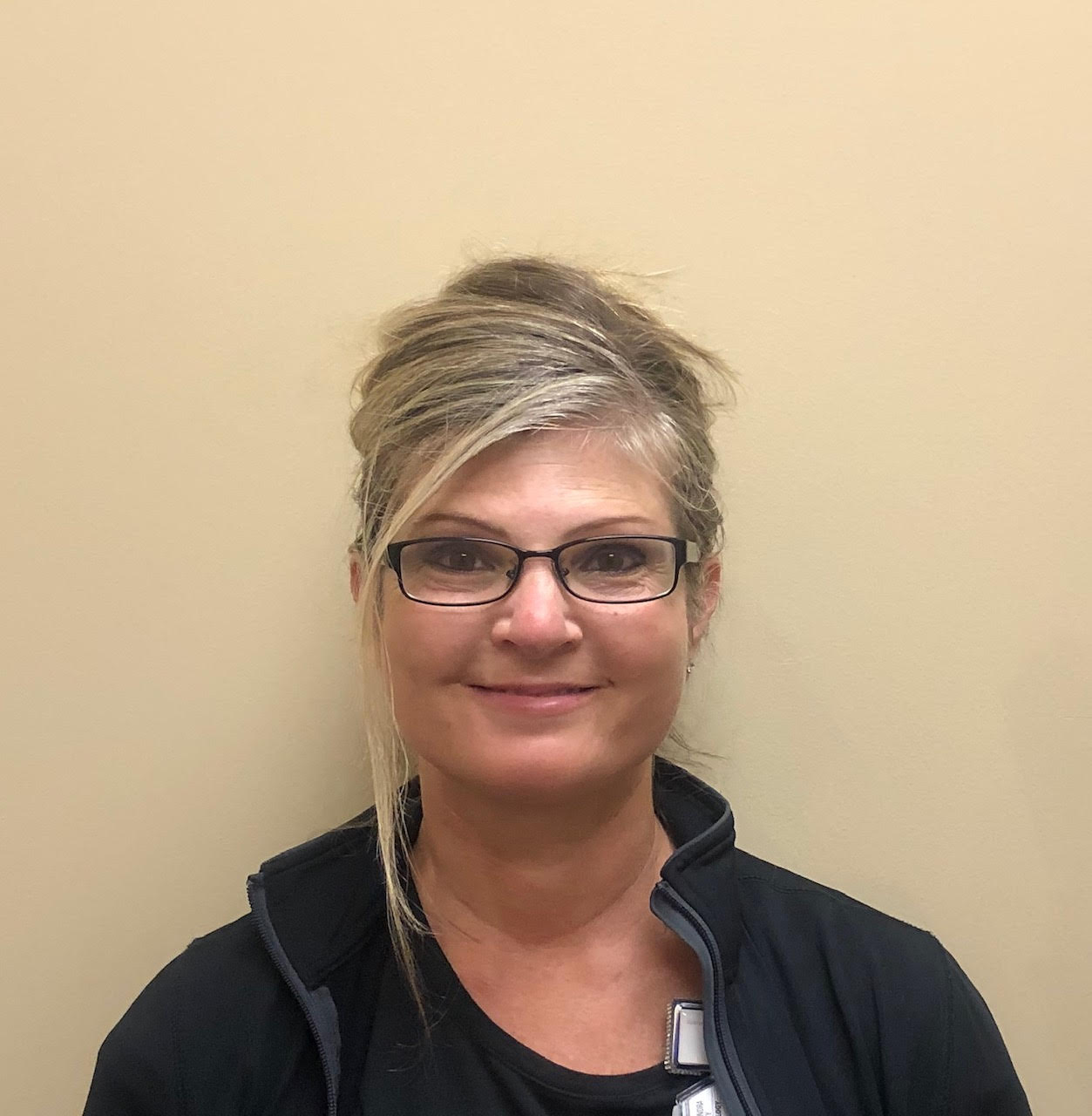#SROA2020 Highlights: Radiation Therapist Burnout

By Tammy McCausland
On Tuesday, October 27, Cassandra Worley, radiation therapy supervisor at The Radiation Therapy Center of Morris Hospital, gave a workshop on the potential hazards of burnout amongst radiation therapists. Worley noted that both men and women experience burnout. Workplace challenges for RTs include staffing shortages, work-life balance, rapid advancements in new technologies and unmanageable workload especially with no support. Burnout correlates with turnover and dissatisfaction. Risk factors for burnout include working in health care, high workload and overtime, insufficient staffing, lack of control over your work, monotony and strong work identity.
Worley mentioned Maslach’s Burnout Inventory, which includes five different assessment tools. For health care, the Human Services Survey (HSS) is the most relevant. The HSS measures emotional exhaustion, depersonalization and personal accomplishment. She also addressed COVID-19’s impact on burnout. The pandemic has changed how people work and has addressed stress for staff navigating technology and lack of resources.
To combat burnout in the pandemic, some employers offer staff weekly Zoom meditation and prayer services. Headspace, the popular meditation and sleep app, is free for healthcare professionals. Talkspace, the text-based counselling service, has donated thousands of free hours for healthcare workers.
For RTs, potential hazards of burnout can manifest in physical and mental health conditions, an unhealthy work environment, decreased productivity and medical/treatment errors. All of these factors can impact patient care. Worley offered RTs and leaders several helpful tips:
- Get enough sleep, and don’t just jump out of bed in the morning
- Relax through breathing and stretching and setting time aside for yourself
- Practice mindfulness, which entails being acutely aware of what you’re feeling or sensing without judgment
- Establish personal boundaries by learn how to say “No” when you need to
- Eat healthy
- Take a break from technology every day
- Take time off, including using vacation time
- Start a hobby
- Seek support, through coworkers, leaders, friends or professionals through your employer’s employee assistance
- Rediscover joy in your profession and/or evaluate your options by talking to your manager
Leaders need to be present for staff, Worley said. They need to recognize burnout, assess it and utilize resources to help employees achieve work-life balance, encourage peer support and assess workload. For RTs specifically, leaders can rotate staff in and out of simulation and other areas; make sure staff take lunch breaks; form committees and have staff participate; have staff rounding and daily huddles for everyone to touch base; and have celebrations at work.
Gratitude is an effective tool to ward off burnout. Worley explained that grateful people achieve more, are more resilient to stress, and recognize and reciprocate good in others. It’s helpful to hard wire gratitude into one’s organizational culture; gratitude should be a year-round activity. Worley highlighted a free tool, Gratitude as Medicine: A Survival Kit for Healthcare Organizations.
We want to hear from you!
Cassandra offered several tips to help combat burnout in her session. Are there any tips that she shared that resonated and you?
Related Content
How to Reduce Stress & Burnout and Build Resilience
Small Steps to Tackle Workplace Burnout
8 Tips to Avoid Workplace Burnout & Ensure Job Satisfaction
Comments